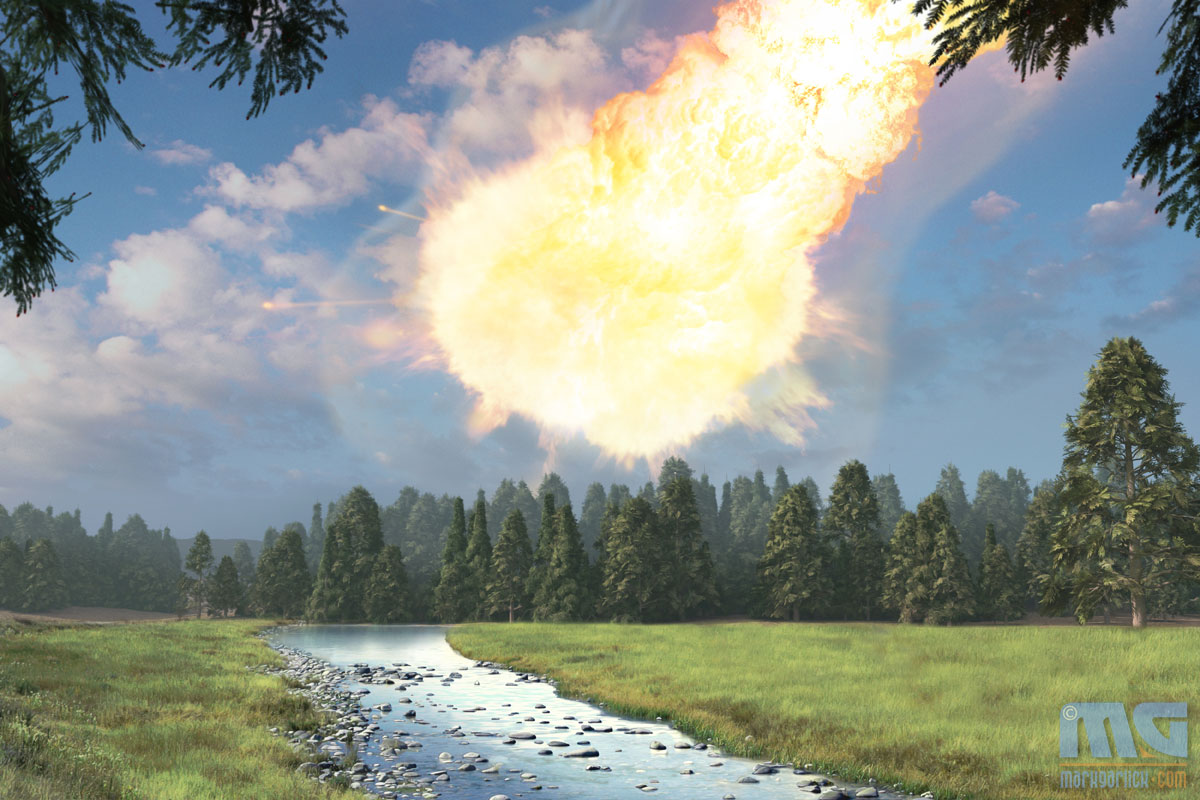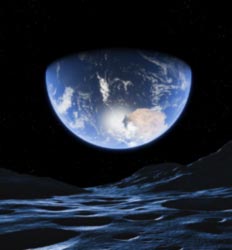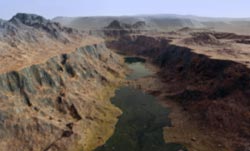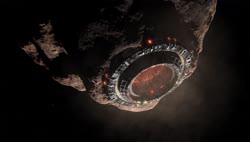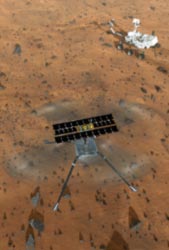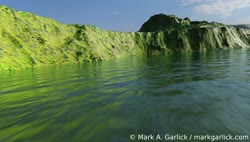Artwork of the famous Tunguska event, which occurred on June 30 1908 in the Eastern Siberian Tiaga. A
stony meteoroid, some 50-60m (160-200ft) across, is believed to have entered the Earth's atmosphere
before exploding at an altitude of 5-10km (3-6 miles). None of it reached the ground. This is known
as ablation, caused by stresses exerted on the object as it travels through the atmosphere. The
bolide is estimated to have come from the south-east, travelling at a speed of about 27 km/s (60,000
mph). The explosion, which flattened tens of millions of trees over an area of more than 2000 sq km
(830 sq miles), was equivalent to the detonation of a 12 megaton nuclear explosion - around 800
times the power of the bomb dropped on Hiroshima in August 1945.
Details
Title: Tunguska 1908
Category: Solar System
Date: Apr 2023
Medium: Eon Vue, Photoshop
Keywords:
More Solar System
